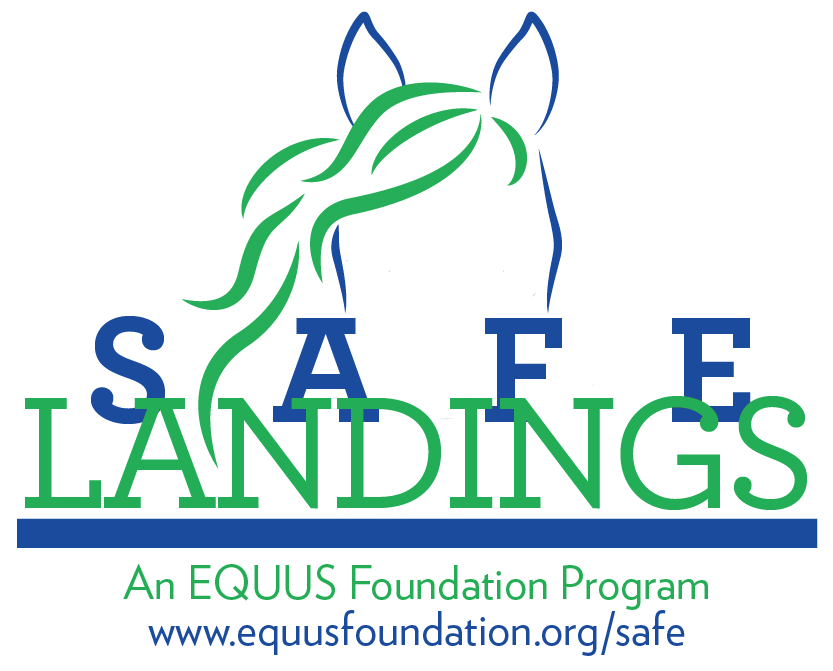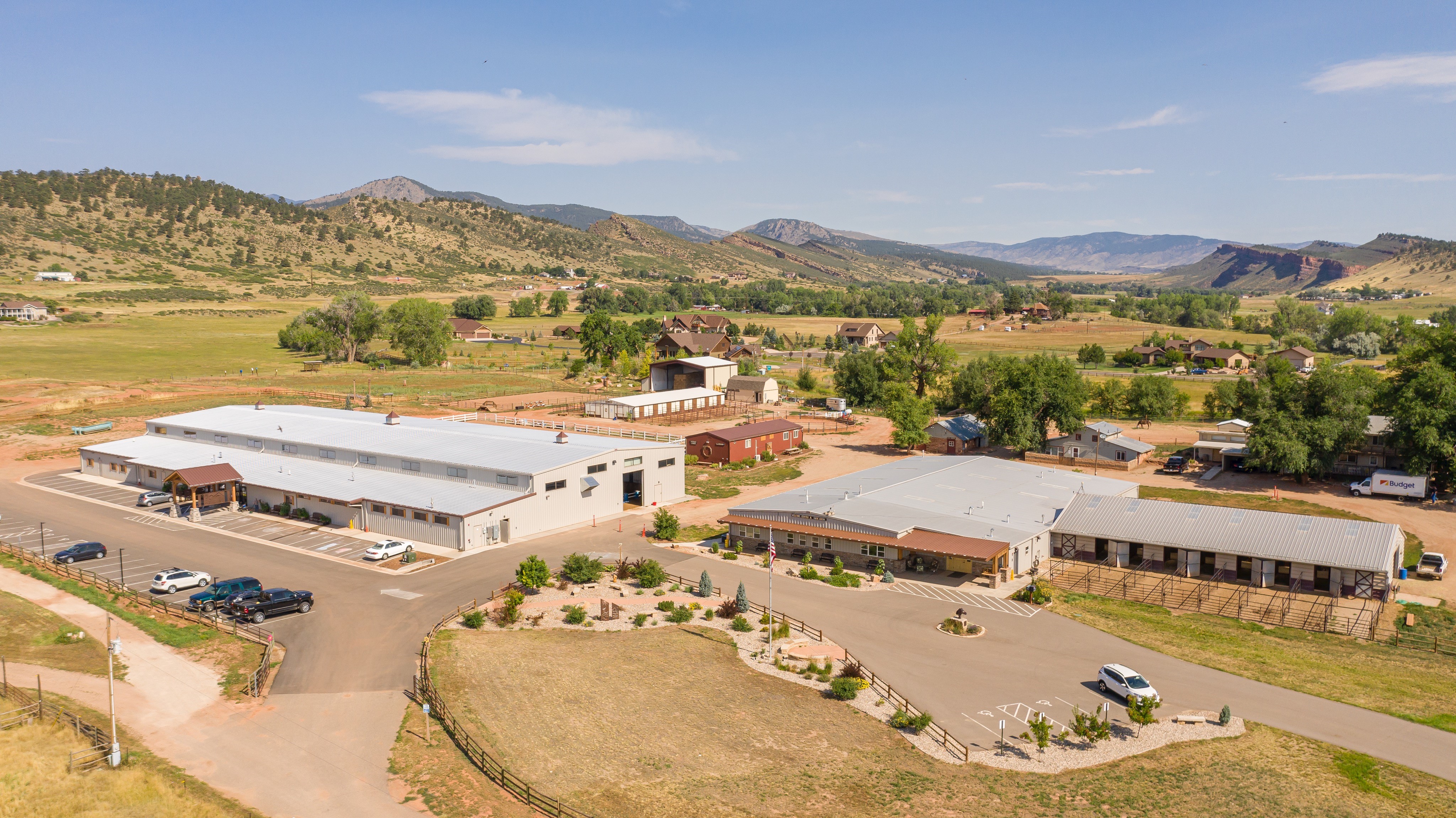Are we the next chapter for your horse?
Hearts & Horses seeking additional equines for growing programs in Northern Colorado
We are seeking a Horse that meets the following criteria:
Age Range:
Aged 6-9 Aged 10-14 Aged 15-20
Gender:
Geldings Mares
Size Preference:
Large Horse (16.0 to 16.3h)
Activities that the equine will be expected to perform:
English Walk/Trot/Canter
Western Walk/Trot/Canter
Being lunged with a rider
Current/former experience/training which could make the equine suitable for your program:
Dressage
English Pleasure
Eventing
Endurance
Hunter
Hunter Seat Equitation
Jumping
Parade Horse
Polo
Reining
Roadster
Rodeo
Saddle Seat
Saddle Seat Equitation
Trail Riding
Vaulting
Western Dressage
Western Pleasure
Western Ranch
Western Seat Equitation
The organization has the following policies about horses who are sound and healthy but have the following chronic conditions that require medication:
Lyme Disease: Not Accept
Cushing's Disease: Not Accept
Thyroid Disease: Not Accept
Navicular Disease: Not Accept
Inflammation: Not Accept
Location: The equine will be located at Hearts & Horses Therapeutic Riding Center, 163 North County Road 29, Loveland, CO 80537
Click on photo to view larger image
Close X
Total acreage dedicated specifically to the horses: 8
The organization has use of the following at this facility:
Structures/Barns: 2 Run-in sheds: 2
Pastures: 1 Paddocks/Pens/Turnout Areas: 4
Uncovered Outdoor Rings: 2 Covered Outdoor Rings: 0
Indoor Rings: 2
Horses have assigned stalls in the structure(s).
Horses are stalled for 9-12 hours per day, on average.
Horse Turn Out Practices:
Equines are out 4 to 8 hours per day
The following describes the pastures at this facility:
This facility has a written plan in place for pasture management, which includes guidelines for seeding, fertilizing, irrigation, mowing, dragging, harrowing, manure removal, removal of debris, the control of poisonous plants, and a schedule for cleaning
A dedicated staff person(s) is responsible for pasture management
All pastures are fenced to prevent escape or injury
Electric fencing is used; electric wires or tape fence are visibly marked
Fencing checks, such as broken or missing planks, loose fence posts, exposed or loose nails, detached wires, etc., are done regularly
Pastures are rotated
Pastures have natural protection for equines (i.e., trees)
The following describes the turnout areas other than pastures at this facility:
This facility has a written plan in place for the maintenance of turnout areas, which includes a schedule for cleaning, manure removal, and dragging
A dedicated staff person(s) is responsible for the maintenance of turnout areas
All turnout areas are fenced to prevent escape or injury
Electric fencing is used; electric wires or tape fence are visibly marked
Turnout areas have man-made protection for equines (i.e., shelters)
Fencing checks, such as broken or missing planks, loose fence posts, exposed or loose nails, detached wires, etc., are done regularly
Horses have access to clean drinking water at all times
Hoof care is provided for each horse: Every 4-8 weeks and when an issue arises
Dental care is provided for each horse: Annually and when an issue arises
Each horse is visually and physically checked by personnel at the facility: Every day or 6 days a week
Close X
The organization requires the following with respect to the health status of the equine prior to acceptance and arrival at the organization:
*Missing
The organization has the following policies in place prior to an equine being accepted and/or arriving at the facility:
*Missing
*Missing
Following arrival at the facility, the following is performed:
*Missing
Our organization has the following policies and procedures in place pertaining to the ongoing assessment of horses in its care:
*Missing
Horses provided formal training (groundwork or riding):
*Missing
The organization has the following policies related to breeding and stallions:
Close X
Rehoming
Our organization has the following re-homing (adoption/purchase) policies and procedures in place:
*Missing
The organization requires references from the following:
*Missing
Transfer of ownership occurs:
*Missing
has the following policies and procedures related to horses that need to be retired, are no longer able to contribute to the mission of the organization, and/or are no longer manageable:
*Missing
Re-homing Agreement *Missing
Close X
The organization has the following policies and procedures related to horses that need to be retired, are no longer able to contribute to the mission of the organization, and/or are no longer manageable:
*Missing
The organization has the following policies related to euthanasia:
*Missing
The following are authorized to administer the procedure for the organization in accordance with state laws:
*Missing
Close X
163 North County Road 29
Loveland CO 80537
Last Updated
Mission/How we are involved with horses:
|
|
View our PHOTO GALLERY
43/0469/400



